Best Practices Articles

Driving Partner Engagement and Turning Feedback into Action
A Partner Advisory Council (PAC) is a key part of any strong partner strategy. But building the council is only the first step. The real challenge is keeping partners active and making sure their feedback leads to real results.
Many companies collect feedback but never act on it. This hurts partner engagement. Partners lose trust and stop sharing ideas when they feel ignored.
If they don’t see changes based on their input, they may not return. Over time, this weakens the council and the whole partner program.
To succeed, companies need to build a system where they listen, act, and improve. This includes creating a space where partners can speak freely, having a clear process for acting on feedback, and using data to track progress. When done right, partner engagement becomes a powerful driver of growth.
1. Why Partner Engagement Matters in a PAC
A. The Value of Active Engagement
Strong partner engagement leads to a better and faster way to solve problems. When partners feel involved, they share useful ideas. These ideas can help companies create better solutions, faster. When everyone works together, innovation improves.
Happy partners are more likely to stay. When partners feel their voice matters, they become more loyal. They are also more willing to support and invest in the relationship. This loyalty helps companies grow in the long run.
On the other hand, if partners only attend meetings without getting involved, the council loses its purpose. It becomes just a place to share reports, not make real decisions. A strong Partner Advisory Council must rely on two-way communication and active input.
B. Common Challenges
Despite best efforts, many Partner Advisory Councils face low engagement. One major reason is the lack of visible value. When partners give feedback but see no results, they may stop participating. They feel ignored and unimportant.
Sometimes, the meetings are too focused on the vendor’s needs. Partners may feel that others are pushing aside their concerns. This one-sided approach hurts collaboration and trust.
Another common issue is poor feedback implementation. If companies collect ideas but never act on them, they miss a chance to improve. Over time, partners notice this and stop sharing. Addressing these issues early can keep partners active and committed.
2. Build a Culture of Open Communication
A. Encourage Real Conversations
To boost partner engagement, companies must create a space where partners feel safe to speak. Partners should feel free to share their thoughts without fearing judgment or punishment. When people feel safe, they are more honest.
It’s important to focus on real problems that partners face. These might include selling challenges, training gaps, or support issues. Talking about real issues builds trust and creates stronger programs.
Instead of always leading the meetings, vendors should step back. Letting partners lead parts of the discussion shows respect. It also gives a better understanding of what partners really need.
B. Boost Participation
One way to get more involvement is to ask for input before the meetings. Sending out surveys or polls helps collect ideas early. This allows companies to focus meetings on topics that matter most to partners.
Breaking into small groups during meetings also helps. Some people are shy in large groups but speak more in smaller settings. These small talks allow deeper discussion and more honest sharing.
Companies should also celebrate partner contributions. When a partner shares an idea that leads to change, highlight that story. This shows everyone that feedback matters. It keeps partners motivated and strengthens partner enablement.
3. Turn Feedback into Action
A. Structure the Process
Collecting feedback is only the first step. Acting on it is what really counts. Successful councils use a clear method to move from feedback to action.
First, they sort the feedback. Some ideas are about improving programs. Others focus on training, which supports partner enablement.
Still others may involve daily operations or tools. Sorting helps teams focus on the right solutions.
Next, they decide which ideas matter most. They look at how big the impact will be and how easy it is to make the change. Teams usually tackle high-impact, easy-to-do items first.
Then, they assign tasks to the right people. Whether it’s marketing, sales, or support, someone must own the job. This helps preserve ideas and prevents people from forgetting them.
Finally, they set deadlines. Timelines help keep everyone on track. After completing tasks, companies report back to the PAC.
This shows respect for partners’ time and ideas. It’s a key part of strong feedback implementation.
B. Stay Transparent
Partner engagement improves when companies show their work. Creating a feedback report helps. This report shows which ideas partners shared, which actions the team took, and what work still continues.
Regular follow-up meetings also matter. These meetings keep partners in the loop. Even if a change takes time, updates show that the company is serious.
Using data helps too. For example, companies can track how many new partners join a program after they roll out a new idea. This proves that feedback works. It builds trust and keeps partners involved.
4. Measure and Improve Partner Engagement
A. Key Metrics
To improve partner engagement, companies must track the right numbers. One key number is the participation rate. This shows how many partners attend and speak during meetings.
Another important number is the Net Promoter Score (NPS). This score measures how happy partners are with the council. A higher score means partners find value in the experience.
The last key number is the feedback implementation rate. This shows how many partner ideas lead to real business changes. If this number is low, it may be time to improve your action process.
B. Keep Growing
Even a good Partner Advisory Council must grow and change. Companies should check their goals often. If goals feel outdated or unclear, update them. This keeps the council focused and useful.
Trying new meeting formats helps too. For example, a partner-led session or a Q&A with leaders can create fresh energy. It also shows that the company values different voices.
Finally, use partner input to change the council itself. Ask what’s working and what’s not. Make small changes based on what partners say. This flexible approach supports strong partner enablement and lasting success.
Conclusion
A Partner Advisory Council is more than a meeting. It is a powerful tool for growth. To make it work, companies must focus on partner engagement every step of the way.
By creating safe spaces for real talk, acting on feedback, and showing clear results, companies build trust. This trust leads to deeper partnerships and stronger programs.
Using a solid process for feedback implementation makes all the difference. Partners want to see their ideas turn into actions. When this happens, they stay involved and committed.
The result is a loyal, engaged group of partners ready to grow with your business. That’s the power of strong partner engagement.
Best Practices Guidebook
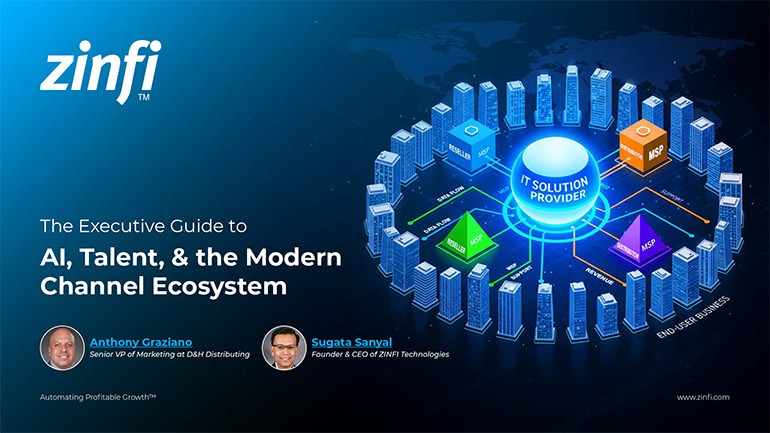 Modernizing Channel Marketing: AI and Ecosystem Enablement Best Practices
Modernizing Channel Marketing: AI and Ecosystem Enablement Best PracticesDownload for FREE
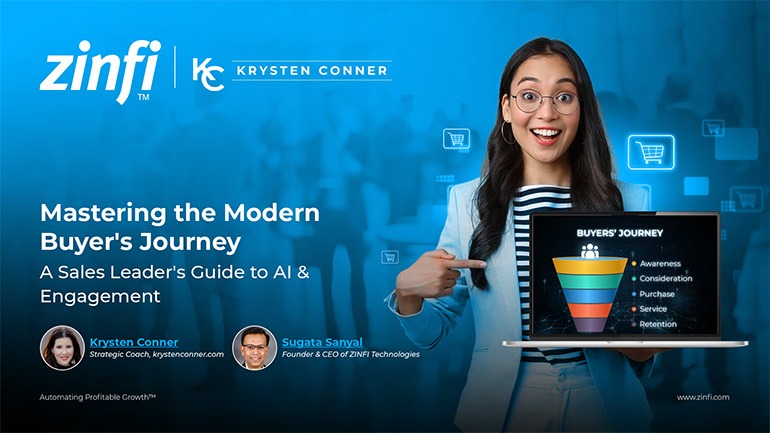 The Channel’s Shift to Partner-Led With AI Best Practices
The Channel’s Shift to Partner-Led With AI Best PracticesDownload for FREE
 Hyperscalers, ISVs, and AI: Shaping the Future of B2B Software Distribution
Hyperscalers, ISVs, and AI: Shaping the Future of B2B Software DistributionDownload for FREE
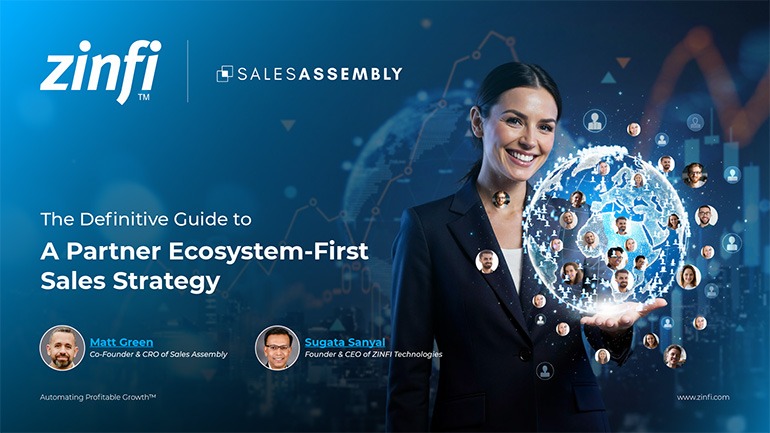 Definitive Guide to a Partner Ecosystem-First Sales Strategy
Definitive Guide to a Partner Ecosystem-First Sales StrategyDownload for FREE
 The Partner-Led Digital and AI Transformation Best Practices
The Partner-Led Digital and AI Transformation Best PracticesDownload for FREE
 Startup Talent Recruitment: Hiring Missionaries, Not Mercenaries
Startup Talent Recruitment: Hiring Missionaries, Not MercenariesDownload for FREE
 The Future of Partner Relationship Management with AI in Partnerships
The Future of Partner Relationship Management with AI in PartnershipsDownload for FREE
 Cybersecurity for the 99%: Strategies from the Frontline
Cybersecurity for the 99%: Strategies from the FrontlineDownload for FREE
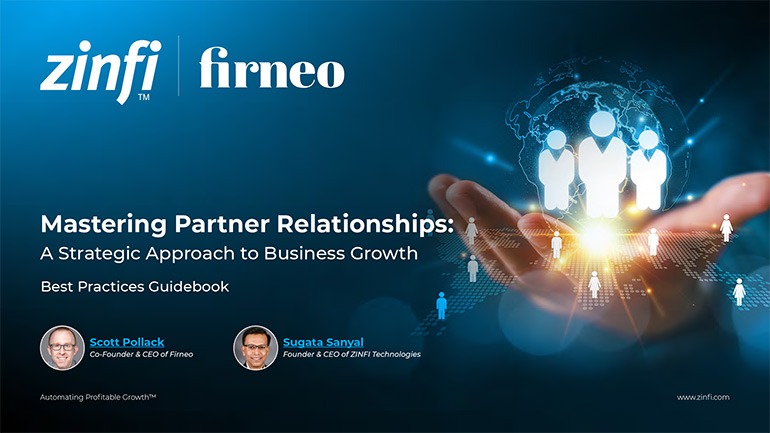 Mastering Partner Relationships: A Strategic Approach to Business Growth
Mastering Partner Relationships: A Strategic Approach to Business GrowthDownload for FREE
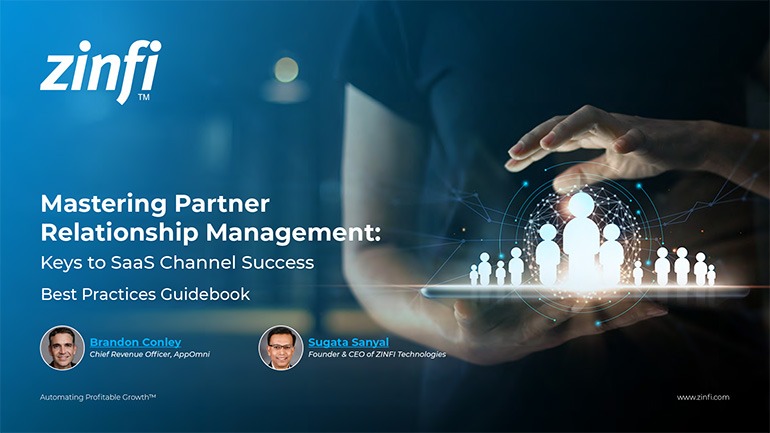 Mastering Partner Relationship Management: Keys to SaaS Channel Success
Mastering Partner Relationship Management: Keys to SaaS Channel SuccessDownload for FREE
 Navigating the AI Revolution: Guide for Partners in the Microsoft Ecosystem
Navigating the AI Revolution: Guide for Partners in the Microsoft EcosystemDownload for FREE
 Mastering the Modern Buyers Journey: Sales Leader’s Guide to AI & Engagement
Mastering the Modern Buyers Journey: Sales Leader’s Guide to AI & EngagementDownload for FREE










